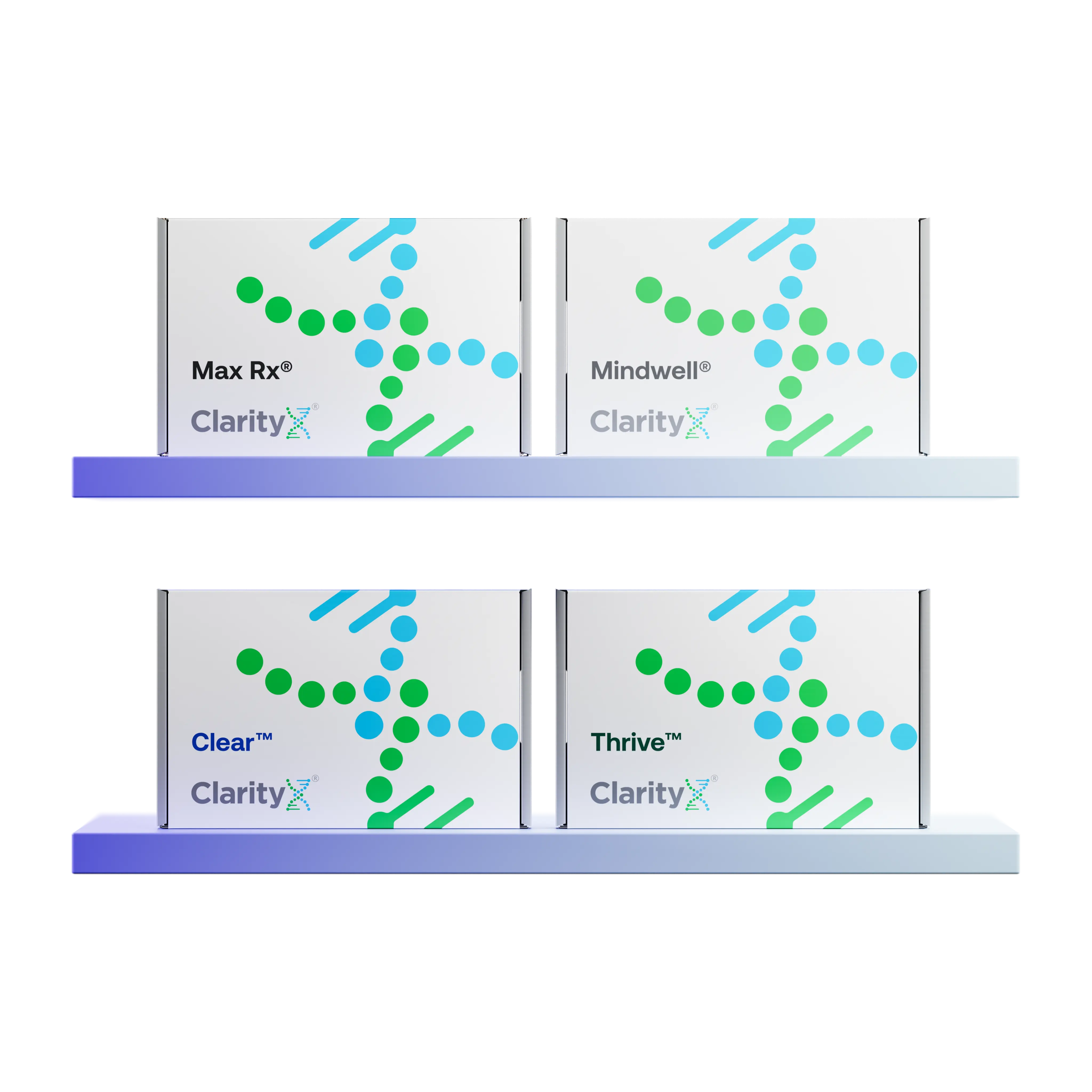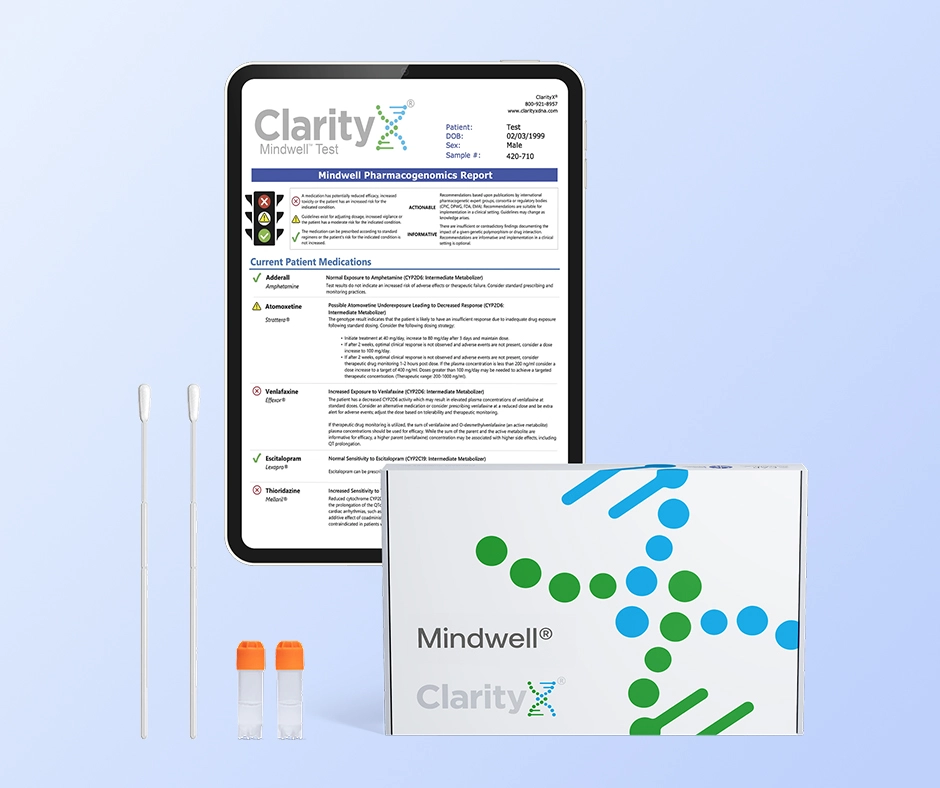Key Highlights
- Zofran (ondansetron) is a prescription medication used to treat nausea and vomiting.
- This medicine works by blocking certain chemical signals in the brain that cause nausea.
- Doctors often prescribe Zofran to help with nausea and vomiting from chemotherapy, radiation therapy, and surgery, but it can also be used in many other settings.
- Usually, Zofran starts to work in about 30 minutes.
- The speed and effectiveness of Zofran can vary based on factors such as the dose, the method of administration (such as oral or intravenous), and your age and metabolism. Additionally, other medications you may be taking can also influence this.
Introduction
If your doctor prescribes Zofran, you might be eager to know when you'll start feeling better. This blog post provides essential information about Zofran, including its uses, how it operates, when it typically begins to take effect, and any potential side effects. Always discuss your health history and any concerns with your healthcare provider. This ensures you can use this medication safely and effectively.
Understanding Zofran and Its Uses
Zofran, also known as ondansetron, belongs to a class of medications called serotonin 5-HT3 receptor antagonists. These medications block serotonin, a substance in the body that can trigger nausea and vomiting when it interacts with specific receptors. Because it effectively reduces nausea and vomiting, Zofran is frequently administered to patients undergoing cancer treatment and those recovering from surgery, but it may also be recommended in other settings.
The Basics of Zofran: What It Is and Who Needs It
Zofran is available in various forms, including oral tablets, orally disintegrating tablets (ODT), a liquid solution for oral use, and a liquid for intravenous (IV) administration. The IV form of ondansetron becomes active more quickly than the oral forms. The orally disintegrating tablet dissolves quickly in the mouth, which can be helpful for individuals who have difficulty swallowing tablets or those experiencing severe nausea, as swallowing this form may be less likely to cause vomiting.
Zofran is approved to stop and treat nausea and vomiting that happen with chemotherapy, radiation therapy, and surgery. Doctors usually recommend taking it before, during, and after these treatments to help lessen discomfort.
Common Conditions Treated with Zofran
Zofran is highly effective for managing nausea and vomiting resulting from cancer treatments such as chemotherapy and radiation. Doctors frequently recommend it before these procedures to prevent complications. Additionally, it can assist with symptoms that occur during or after the treatment sessions.
In addition to cancer care, Zofran is effective in managing nausea and vomiting following surgery. Surgeons frequently administer Zofran before, during, or after the procedure to help minimize patients' discomfort and support a smoother recovery.
Because of how Zofran works in the body, it isn’t very helpful for nausea caused by certain underlying conditions (e.g., motion sickness). It is, however, recommended to help with nausea and vomiting in other scenarios, depending on the underlying cause of nausea.
The Mechanism Behind Zofran: How It Works
Zofran works by blocking serotonin, a chemical found in the brain and other parts of the body. This chemical helps control many body functions like mood and appetite. The functions of serotonin vary depending on the location and type of receptor it binds to.
When serotonin attaches to 5-HT3 receptors in a specific area of the brain called the chemoreceptor trigger zone (CTZ), it can cause nausea and make you feel like you need to vomit. Zofran specifically prevents serotonin from attaching to 5-HT3 receptors, which can help stop the chain reaction that leads to vomiting.
Zofran’s Action on the Body: A Closer Look
Zofran is a medication that primarily affects the chemoreceptor trigger zone (CTZ). This area of the brain plays a crucial role in triggering vomiting. The CTZ receives signals from various parts of the body, including the digestive system. When these signals are received, it can initiate the vomiting reflex. Zofran prevents these signals from reaching the vomiting center in the brain.
Additionally, Zofran works in the gut as well. It blocks serotonin receptors located on the vagus nerve, which is essential for sending signals between the stomach and the brain. By inhibiting serotonin's action on the vagus nerve, Zofran helps reduce nausea and the sensation of an upset stomach.
Factors Influencing Zofran’s Effectiveness
Zofran is generally safe and effective for most individuals. However, several factors can influence how your body responds to it. For instance, having liver disease can play a role. Your liver is responsible for processing medications. If it doesn’t function properly, Zofran may break down more slowly. This could result in higher concentrations of the drug in your bloodstream, increasing the risk of side effects.
Timing is also important. Depending on the condition being managed, scheduled dosing may be recommended. This helps ensure the medication is in the system at the time it’s most likely to be needed (e.g., during chemotherapy). In other instances, it may be recommended as needed for nausea. When taken orally, ondansetron usually becomes effective within about 30 minutes.
Zofran Dosage and Administration Guidelines
It is essential to note that Zofran is a prescription medication. You should only take it under the guidance of a healthcare professional. The dosage and method of taking Zofran depend on various factors, including your age, weight, the condition being treated, and the severity of your symptoms.
Always adhere to the dosage and timing provided by your healthcare provider. Taking more Zofran than recommended will not enhance its effectiveness and may also raise the risk of side effects.
Recommended Dosages for Different Age Groups and Conditions
Dosage recommendations for Zofran vary depending on the intended treatment and the patient’s age. Here’s a general guideline:
It's important to note that these are just general guidelines, and your healthcare provider may prescribe a different dosage based on your specific needs. Always follow their instructions carefully.
Best Practices for Taking Zofran: Timing and Frequency
Sometimes, ondansetron will be administered for you. When you’re taking the medication yourself, it’s often recommended to take the medication about 30 minutes to an hour before a procedure that’s likely to cause nausea.
Your doctor might tell you to take Zofran at regular intervals to help with ongoing nausea. Follow these instructions closely to control your symptoms effectively. Because it works relatively quickly, ondansetron is also sometimes recommended as needed for symptoms as they arise.
What to Expect After Taking Zofran
After taking Zofran orally, you should remain sitting upright for at least 30 minutes to an hour. This allows the medication to be fully absorbed and prevents it from getting lodged in your throat. It's especially important for individuals who have difficulty swallowing or frequently experience heartburn.
Typical Onset Time for Zofran’s Effects
Many ask, "How long does it take Zofran to work?" Zofran starts to act fairly quickly. You can expect to feel the effects of Zofran within 30 minutes to two hours after taking a single dose. These effects include less nausea and less vomiting.
Keep in mind that everyone may react differently. Some people might feel the effects a little faster or slower. Factors such as metabolism, age, and the type of Zofran you take can influence how long it takes to experience the full effect.
Identifying and Managing Possible Side Effects
Zofran is generally safe. However, like all medicines, it may have side effects.
Common side effects are usually mild. They can include:
- Constipation
- Diarrhea
- Headache
- Tiredness
If any of these side effects become a problem or persist, you should contact your healthcare provider.
In rare cases, Zofran may cause more serious side effects, like an allergic reaction. Signs of an allergic reaction can be trouble breathing, swelling of the face, lips, tongue, or throat, hives, and a rash.
Another serious but rare effect is serotonin syndrome. This can be life-threatening and may show up as agitation, confusion, quick heart rate, and muscle shakes. This is more likely when multiple medications that affect serotonin are used simultaneously.
Comparing Zofran with Other Antiemetics
When selecting an antiemetic, it’s important to understand how different medications function and their side effects. Zofran is effective but may not work the same for everyone. Other antiemetics operate in different ways and could be better options depending on the underlying cause of nausea and vomiting. For instance, when nausea is caused by motion sickness, alternative medications are more likely to be effective.
Looking at Zofran and other popular antiemetics can help make an informed choice about the best treatment option.
Zofran vs. Other Nausea Medications: Efficacy and Side Effects
Zofran is recognized for its effectiveness in managing nausea and vomiting induced by chemotherapy. It often outperforms other anti-nausea medications. However, the decision between Zofran and alternative treatments depends significantly on the underlying cause of the nausea and the patient's medical history.
For example, Zofran is effective for chemotherapy-induced nausea and vomiting, as well as nausea after surgery. However, it is not always the best choice for motion sickness or nausea from migraine medications. In those situations, antihistamines or anticholinergics could be better options.
It is crucial to examine the side effects of various anti-nausea medications. Zofran typically has fewer side effects, but it may cause QT prolongation, a heart rhythm issue. Patients with heart problems should be closely monitored while taking Zofran.
When to Consider Alternatives to Zofran
For individuals with a personal or family history of Long QT syndrome, a heart rhythm disorder, it is advisable to avoid Zofran. This condition can increase the risk of irregular heartbeats, which may be life-threatening. It is crucial to seek alternative treatments for nausea and vomiting for these patients.
Additionally, individuals with liver disease should exercise caution when using Zofran, as the liver plays a crucial role in metabolizing this medication. If liver function is compromised, Zofran may accumulate in the bloodstream, increasing the likelihood of side effects. In such situations, the physician may need to adjust the dosage or consider alternative antiemetics.
If you experience any unusual symptoms after taking Zofran, such as blurred vision, chest pain, dizziness, or fainting, seek medical attention immediately.
Conclusion
Zofran can be a highly effective treatment for certain kinds of nausea. It generally works quickly, providing relief within about 30 to 60 minutes after taking it by mouth. In some instances, it may be recommended at a specific time related to a planned treatment or procedure. While it’s generally well-tolerated, there are some potential safety concerns (e.g., heart arrhythmias due to QT prolongation), so it’s important to talk with your healthcare provider about your complete medical history.
Lastly when considering treatment options like Zofran your genetics can also play a vital role in determining which medications will be best suited for you. A simple test can help reduce the trial and error process associated with finding the right medication. Find out more by visiting www.clarityxdna.com
Frequently Asked Questions
How Quickly Can I Expect Relief After Taking Zofran?
Zofran usually begins to work in 30 minutes to an hour. Efficacy can be impacted by factors like metabolism, dosage form, and severity of symptoms.
Can Zofran Be Taken on an Empty Stomach?
Yes, you can take Zofran with or without food. You can use the oral solution, the orally disintegrating tablet, or the regular tablet without worrying about meals. Always listen to the instructions from your healthcare provider.
What Should I Do If I Miss a Dose of Zofran?
If you forget to take a dose of Zofran, do not take two doses the next time. Consult your healthcare provider for assistance. If you are in a hospital setting, inform your nurse about the missed dose so they can provide you with the appropriate instructions.
References:
https://dailymed.nlm.nih.gov/dailymed/drugInfo.cfm?setid=cab63f24-8728-4927-aba5-53e8d2e44cdb
https://www.ncbi.nlm.nih.gov/books/NBK499839/
https://pmc.ncbi.nlm.nih.gov/articles/PMC7864086/
https://www.ncbi.nlm.nih.gov/books/NBK67047/
https://clarityxdna.com/blog/learn/pharmacogenetics-testing/






